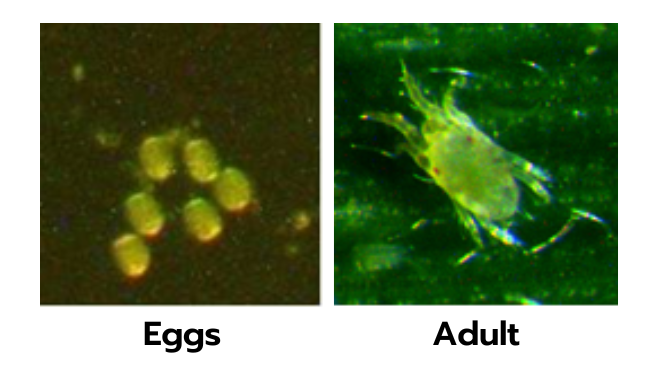
Panicle mite, Steneotarsonemus spinki Smiley, also known as Sheath mite, panicle mite or tarsonemid mite, is not visible to naked eye as it is microscopic in nature.
Female mites are ovoid in shape, hyaline to straw coloured and are approximately 250 μm in length.
Male mite has elongated rear legs containing a pair of elongated spines. A mated female produces on an average 55 eggs.
The oviposition period is 5 days. The eggs hatch in 2-4 days and there is an active larval stage, lasting about 1 day and a quiescent stage lasting 2 days.
The life cycle is completed in 6 days. Under ideal climatic conditions, mites can complete 48 - 55 generations in a year.

Damage can be seen from one month after transplanting. At vegetative stage, feeding takes place on leaf sheath by perforating the epidermal cells. The feeding lesion can be detected by brown discoloration of leaf sheath. After panicle formation, feeding on developing grains results in impaired grain development causing empty or partially filled grains associated with diseased brown spots, and an erect panicle. It injects toxic saliva into the grain while feeding resulting in discoloration.
Deep ploughing.
Removal of weeds on bunds.
Application of nitrogenous fertilizers as per the recommended dose.
Mite infested fields should be left fallow for one season or else grow other alternate crops instead of rice.
Spray any of the following miticides. Repeat the spray after 15 days:
Spiromesifen 240 SC @ 200 ml per acre in case of severe incidence of panicle mite (or) Profenosphos 50 EC @ 400 ml per acer.